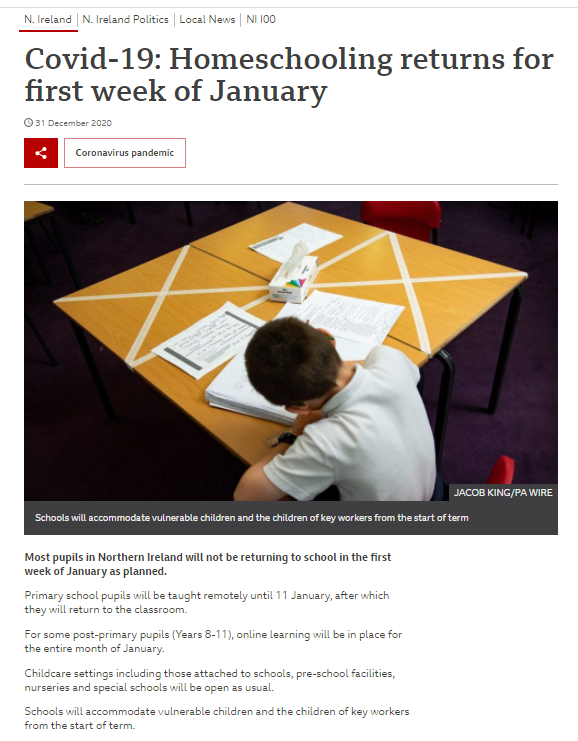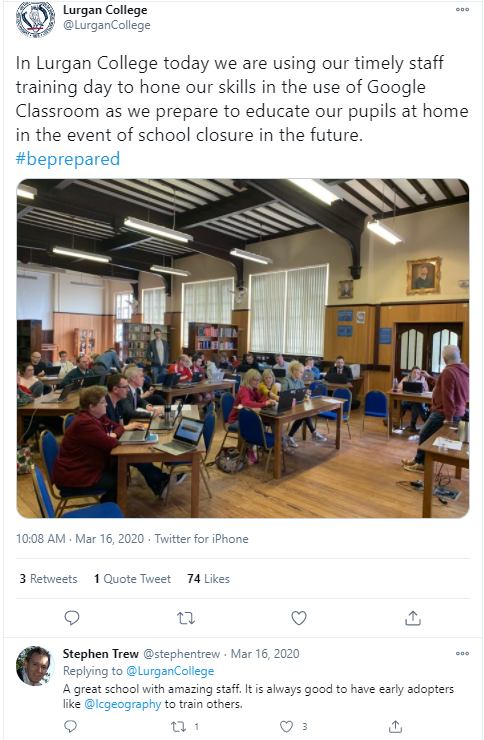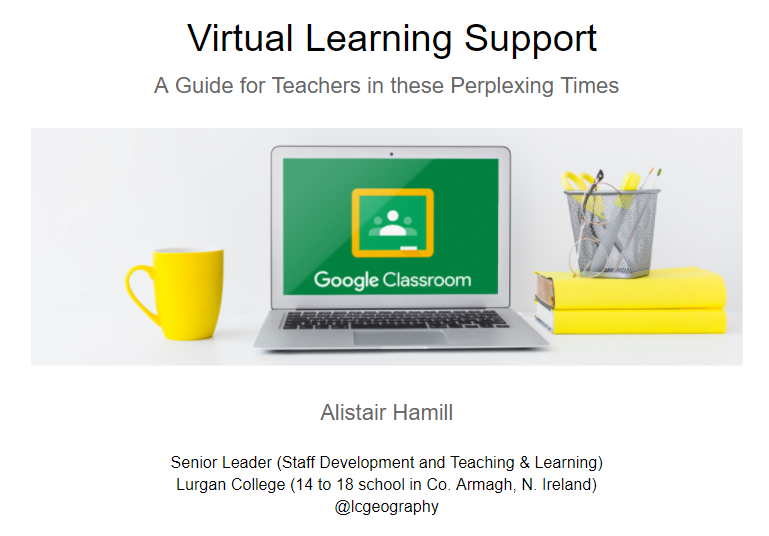2/
https://t.co/SR9PioFNHd
Misinterpretation of surveillance data is a serious issue. Surveillance data needs to come with a warning label - Open to biases - interpret with caution! Some may not realize that surveillance often does not measure all infection, it's a proxy for actual disease incidence.
— Andrew Lee (@andrewleedr) February 14, 2021
1/

The science shows us that most disease transmission does not happen in the walls of the school, but it comes in from the community. So, CDC is advocating to get our K-5 students back in school at least in a hybrid mode with universal mask wearing and 6 ft of distancing. https://t.co/dfvJ2nl2s4
— Rochelle Walensky, MD, MPH (@CDCDirector) February 14, 2021
Preprint of Welsh study studying staff-pupil #SARSCoV2 infections in schools between Aug-Dec'20. They report total number of infected staff & pupils within a school following re-opening wasn't associated with an increased subsequent risk of testing positive in staff or pupils.1/ https://t.co/w8pBpxbz3b
— Andrew Lee (@andrewleedr) February 8, 2021
Study in @PNASNews of COVID19 aerosol generation:
— Andrew Lee (@andrewleedr) February 13, 2021
- 18% of subjects accounted for 80% of exhaled aerosol
- significant correlations were observed between exhaled aerosol, age, & BMI
- all subjects <26 y of age & all subjects under 22
BMI were low spreaders of exhaled bioaerosol https://t.co/eAkTiKDbyk
Dutch study finds kids<12y infected with COVID19 have significantly lower viral loads than adults. 16-fold difference vs elderly.
— Andrew Lee (@andrewleedr) February 3, 2021
SARS-CoV-2 viral load distribution reveals that viral loads increase with agehttps://t.co/6phqzVbwYY
8. Back to the role of community transmission. The CDC's focus on this is consistent with our own modeling work. Keeping transmission down in the community is the best way to keep it down in the schools. Figure from v.1 of our paper at https://t.co/WLVXv8hYcg pic.twitter.com/AyKKW3bfEH
— Carl T. Bergstrom (@CT_Bergstrom) February 12, 2021
I have seen some repeated assertions about the evidence on #COVID19, children and schools recently which sound convincing, but unfortunately are false
— Alasdair Munro (@apsmunro) February 18, 2021
It is a sensitive and important topic, which is important to get right
Shall we bust some myths? \U0001f4a5
Let's go!
1/10
I have seen some repeated assertions about the evidence on #COVID19, children and schools recently which sound convincing, but unfortunately are false
— Alasdair Munro (@apsmunro) February 18, 2021
It is a sensitive and important topic, which is important to get right
Shall we bust some myths? \U0001f4a5
Let's go!
1/10



In Lurgan College today we are using our timely staff training day to hone our skills in the use of Google Classroom as we prepare to educate our pupils at home in the event of school closure in the future. #beprepared pic.twitter.com/E0LQkYqvBD
— Lurgan College (@LurganCollege) March 16, 2020

I think most of us are over here waiting to see what @jbcarmody has to say about the latest NBOME email pic.twitter.com/bVWkS23V7z
— Jake Berg (@jberg521) January 28, 2021
The story doesn\u2019t say you were told not to... it says you did so without approval and they tried to obfuscate what you found. Is that true?
— Sarah Frier (@sarahfrier) November 15, 2018